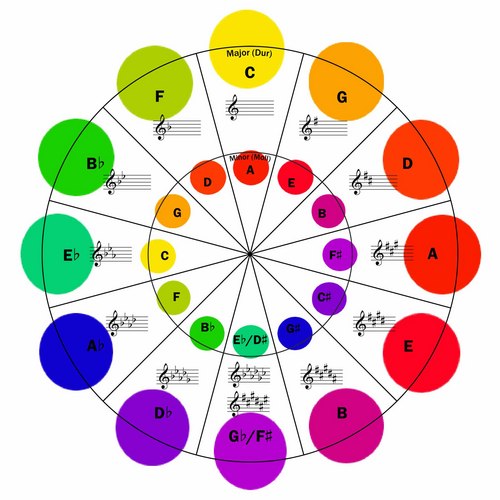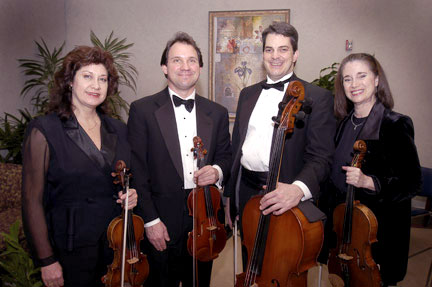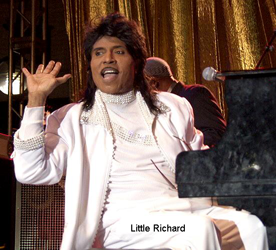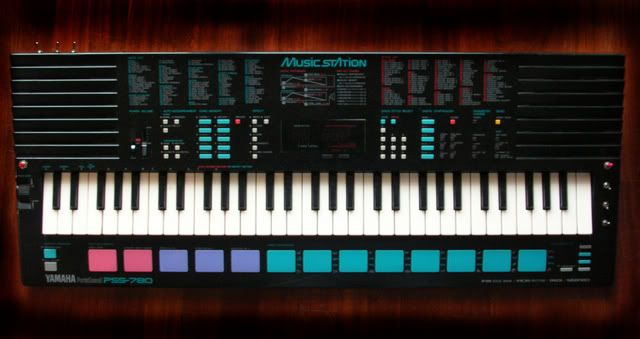Without planning, the music might be chaotic or not in-sync or not nice at all.
But over-planning would stiffle the flow of the Spirit and creativity. In addition it might not even be practical due to time constraints and the inability of most self-trained musicians to read musical notations.
Of course it would be ridiculous to write down every bit of music for each worship services, unless you are a full-time church musician.
What to plan
- the tempo
- the musical style
- the chords !!
- who plays what and when
- the building up of the song
- the climax
What not to plan
- instrument solo
- while solos are not written down, a solo musician should know the starting note and the ending note and roughly whats in between.
- song of the Spirit
- number of times the song , stanza or chorus is sung
- music when someone is prophesying or word of knowledge or ministering time
























